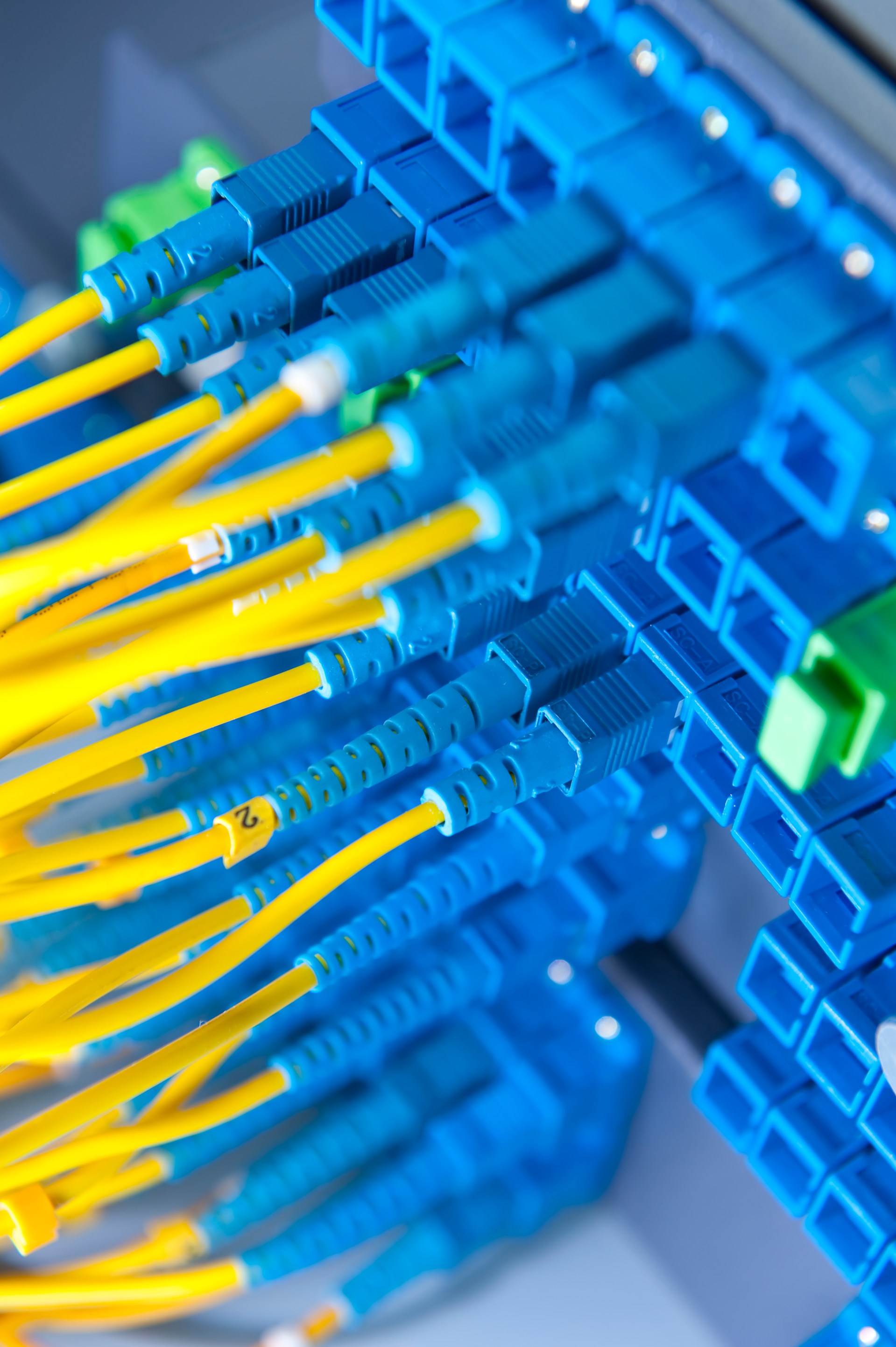
Interconnection is what makes the modern world go round. It’s the links between different networks (and their components) that allow for seamless data flow. Interconnection is not at all unique to business (or even IT). There are interconnection examples everywhere. Here is a quick guide to some of the most important ones.
Today, the word “interconnection” is often used to refer to linking together individual digital networks. In fairness, at present, this is probably one of the most obvious and mainstream interconnection examples. There are, however, many others. What’s more, some of them go much further back into history.
Social networks have been around since long before social media. They have always functioned in much the same way as they do today. People form connections. The people with whom they form connections will have other connections of their own. This means that each connection a person makes creates links with an extended network.
Prior to COVID19, people often used the term “supply chain”. This created an image of a line going directly from A to B. The line was formed by links but was, fundamentally, a direct path.
When the pandemic struck, however, it quickly became obvious that most supply chains are actually supply networks. This means that the impact of failures can spread very rapidly in multiple directions.
The issue of supply networks during the COVID19 period could serve as a useful lesson to people designing interconnected digital networks. If you run your networks as efficiently as possible, you will have no spare capacity to draw on if there is a problem. By contrast, if you have spare capacity, you have at least some room to maneuver when trouble strikes.
The basic shape of transport and logistics networks has been set much the same for centuries. Rural villages connect with towns. Towns connect with rural villages and larger cities. Larger cities connect with towns and other cities. All that’s really changed over time is the nature of the connections and, hence, the speed with which they can be made.
The development of interconnected infrastructure for utilities was instrumental to the development of the modern world.
Water and gas flow through networks of interconnected pipes. Electricity, landline phones, and the internet flow through networks of interconnected cables. Cellphones, mobile internet devices, and radios use networks of interconnected towers/masts.
There’s a lot of debate on when checks were first invented. Some historians believe that the Romans used them as far back as about 352 BC. They have certainly been around since the mid-18th century.
The development of the interconnected check-processing network paved the way for all modern, interconnected digital payment systems. These include bank payments, card payments, mobile payments, e-wallets, and payment apps.
Many payment systems are comprised of interconnected networks. Typically, domestic transactions will be processed by a network in that area. Cross-border transactions will be handled by another network. In fact, they may be handled by different networks depending on the countries involved.
Additionally, many payment systems interconnect with other payment networks. For example, ewallet transactions have to have a separate funding source. This means that e-wallets have to interconnect with bank payment networks and card payment networks. They also need to interconnect with the internet.
The foundation of smart cities is a range of interconnected networks. These process data independently and/or pass data between themselves. Creating these interconnected networks does require an upfront investment. That investment is, however, repaid in greater efficiency and, hence, greater cost-efficiency.
The development of the IIoT is often referred to as the fourth industrial revolution (or just Industry 4.0). An industrial revolution is a period of intense technological expansion leading to major social change.
The IIoT is already delivering vast improvements in the efficiency of industrial processes. It may also be laying the groundwork for a predicted fifth industrial revolution. Industry 5.0 is expected to be based on the use of advanced artificial intelligence.
LANs are local area networks. They generally cover a radius of at most half a mile. Many LANs are even smaller. For example, it’s becoming increasingly common for private homes to run their own LANs.
LANs often connect to WANs and/or the internet. WANs are wide area networks. WANs always cover larger areas than LANs. There is, however, significant variation in their sizes. LANs and WANs can both be private or public. Public WANs provide the infrastructure for the internet.
Related Resources:
The Four Benefits Of Cloud Storage?
What Are The Advantages Of Cloud Services?
What Are The Benefits Of Cloud Migration?
The Benefits Of Cloud
What Are the Main StateRAMP Advantages? Key Benefits Revealed
What Are the Most Important Interconnection Examples? Exploring Use Cases
What Are The Security Benefits Of Cloud Computing?


Discover the DataBank Difference today:
Hybrid infrastructure solutions with boundless edge reach and a human touch.